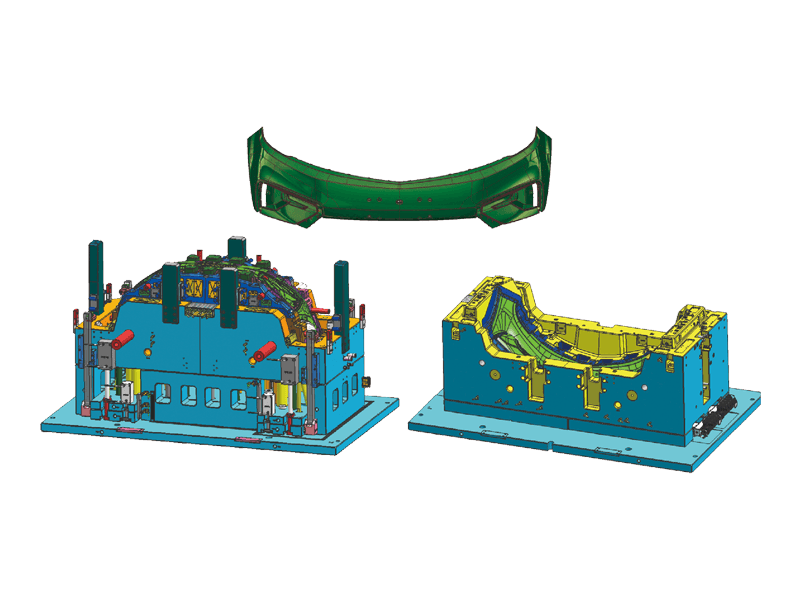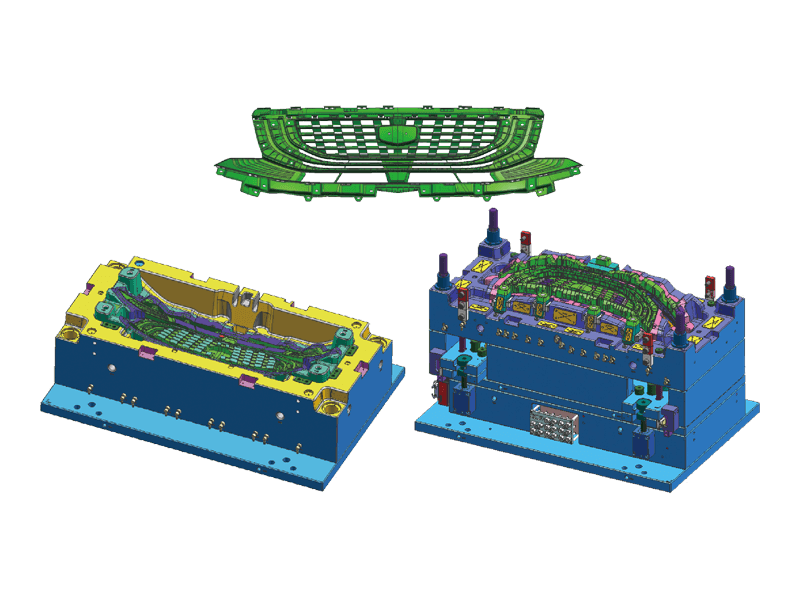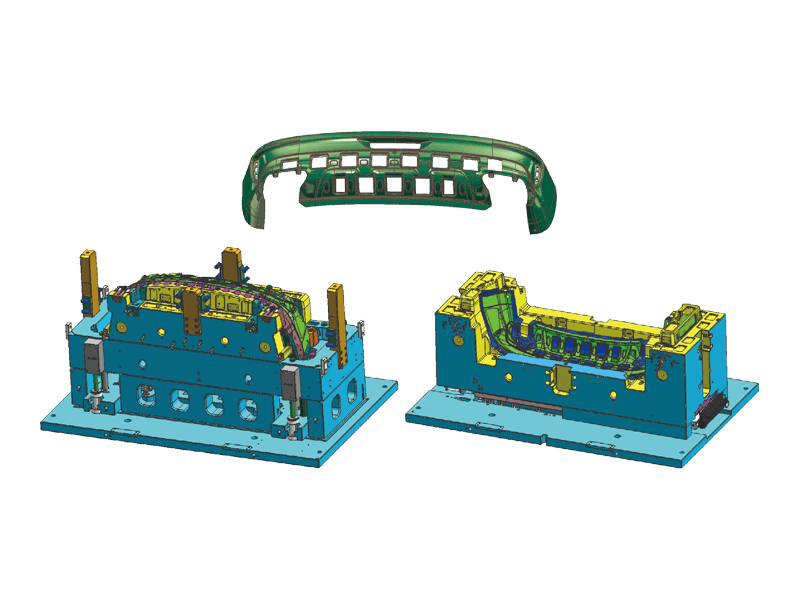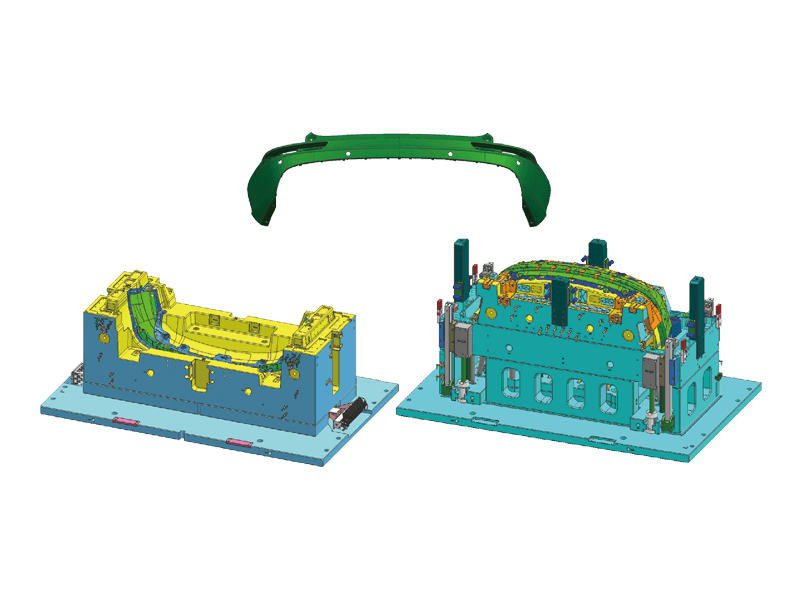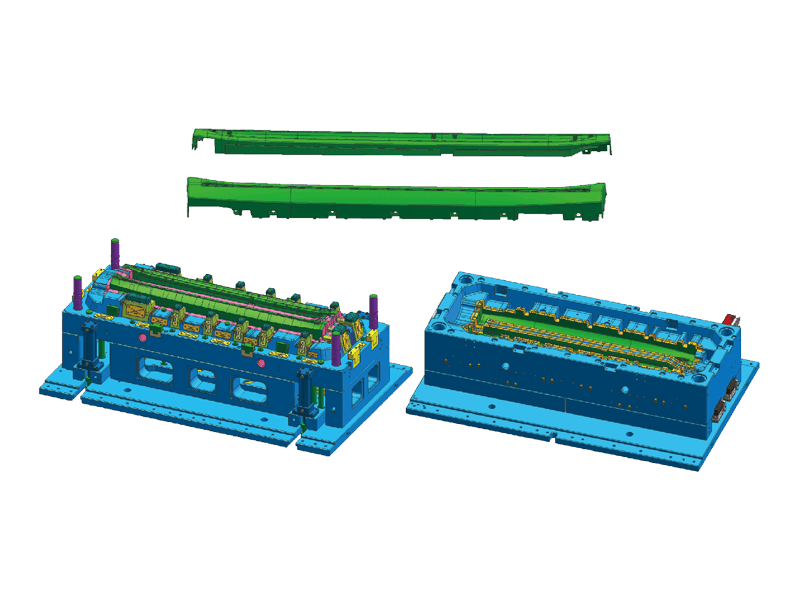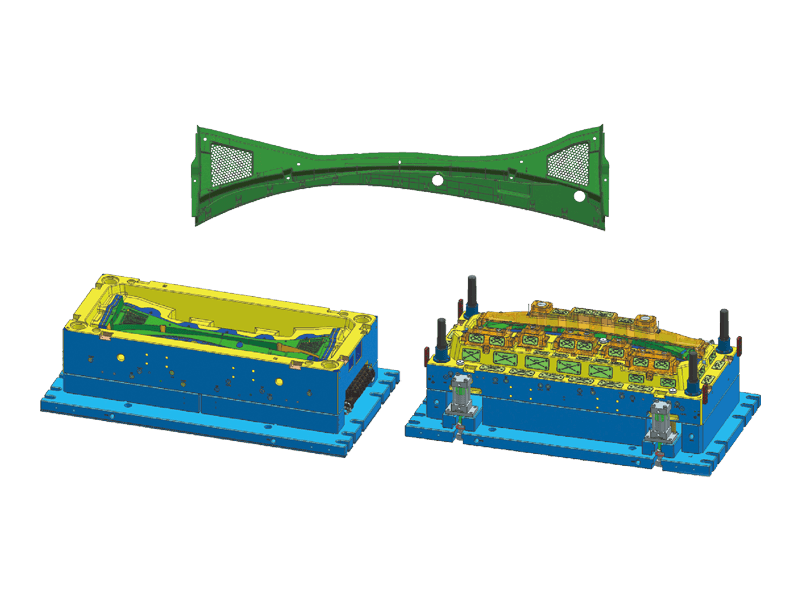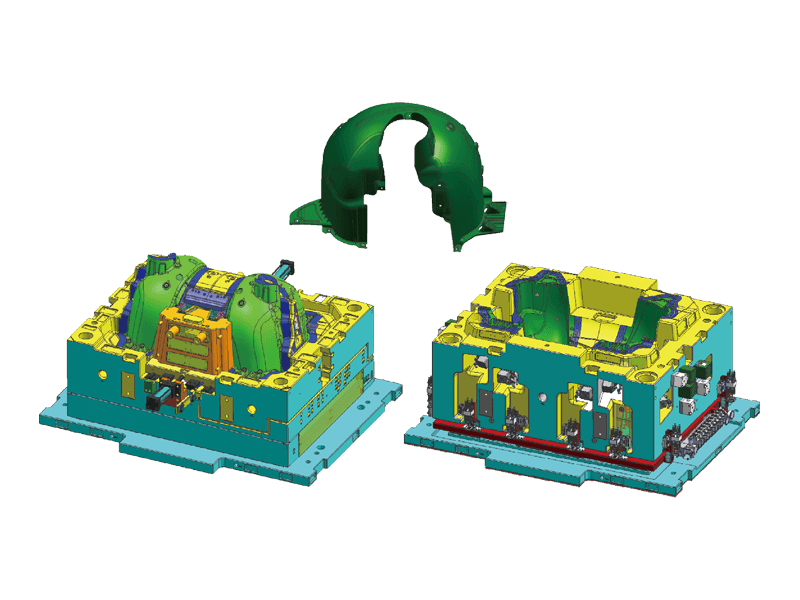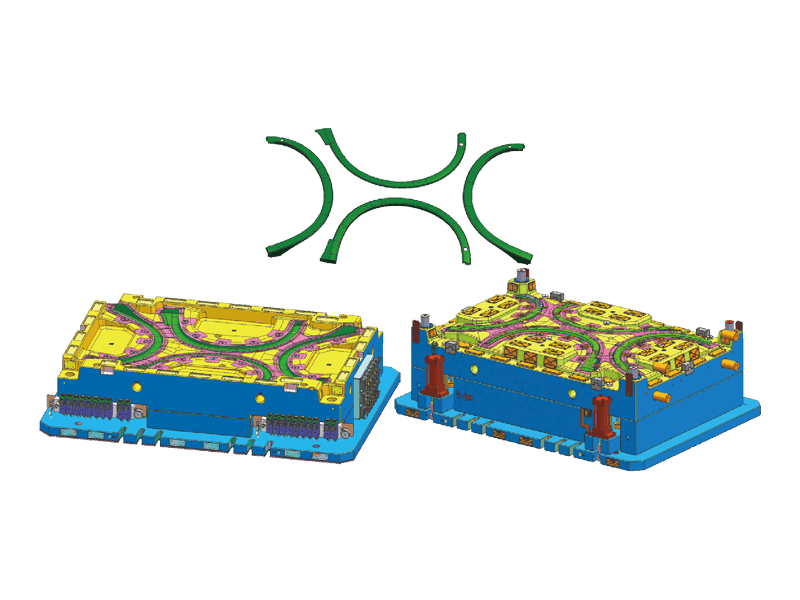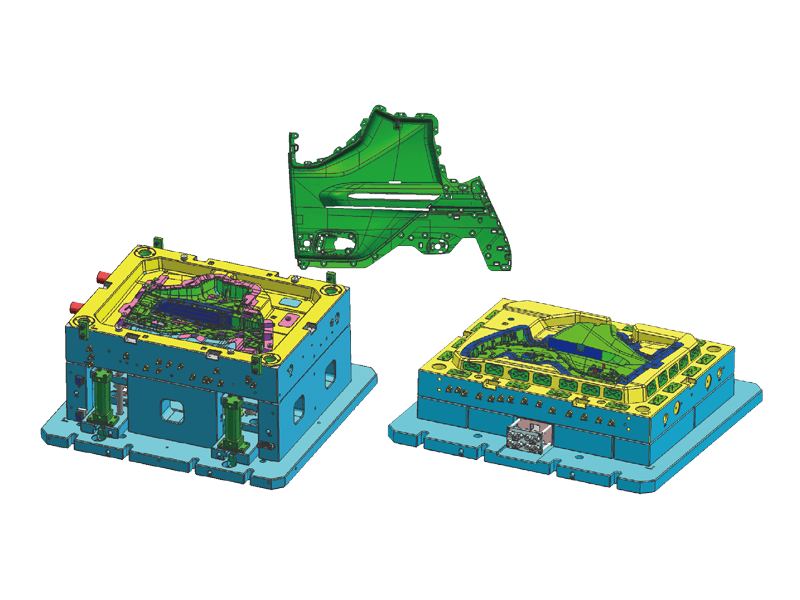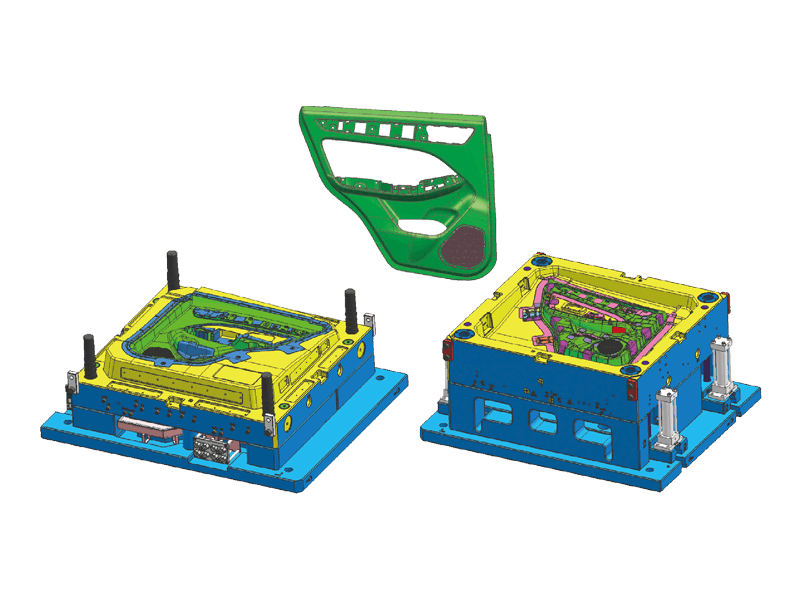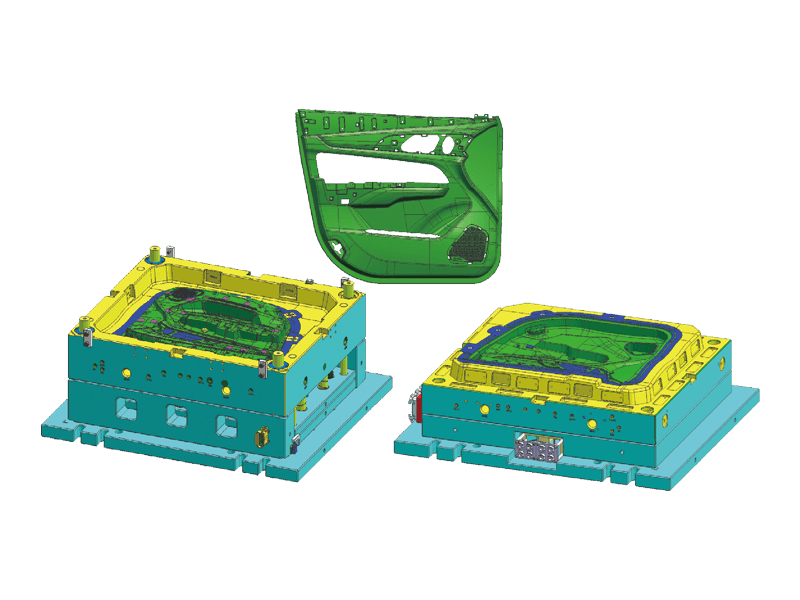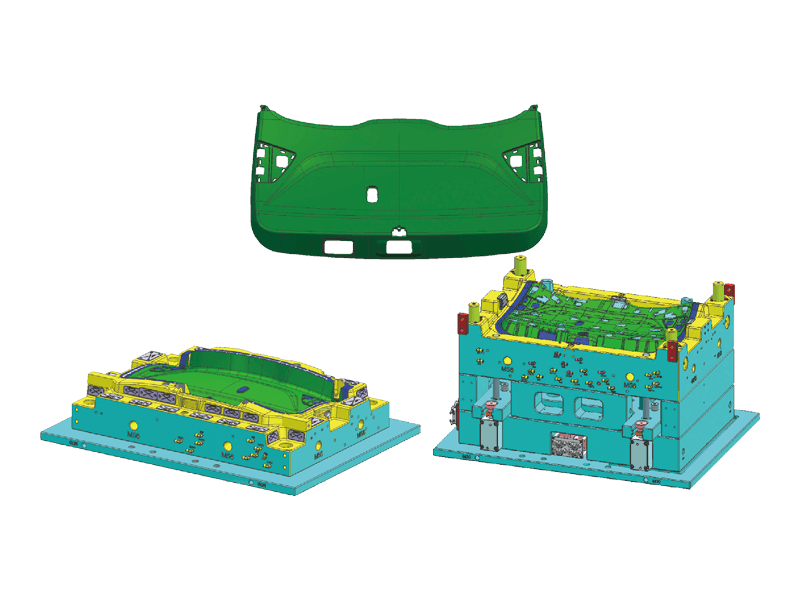In the ever-evolving automotive industry, the Plastic Instrument Panel Injection Mold technology is at the forefront of innovation, driving advancements in vehicle design and functionality. This sophisticated molding technique is revolutionizing how instrument panels are produced, offering new possibilities in both aesthetics and performance. This article explores the impact of Plastic Instrument Panel Injection Mold technology on the automotive sector, its benefits, and future prospects.
Instrument panels, also known as dashboards, play a crucial role in vehicle interiors. They house essential controls and display information crucial to the driver’s experience. Traditionally, instrument panels were produced using basic molding techniques, which limited design flexibility and material options. However, the advent of Plastic Instrument Panel Injection Mold technology has significantly transformed this aspect of automotive manufacturing.
The Plastic Instrument Panel Injection Mold process allows for the precise shaping and integration of various components into a single panel. This technology not only enhances the visual appeal of the instrument panel but also improves its functionality and durability.
Plastic Instrument Panel Injection Mold technology involves injecting molten plastic into a mold cavity to create complex panel shapes with high precision. This process enables the integration of multiple features and materials into a single component, resulting in a more streamlined and aesthetically pleasing design.
The key advantage of the Plastic Instrument Panel Injection Mold process is its ability to produce intricate designs and textures that were previously difficult to achieve. Advanced mold designs and high-quality plastic materials enable manufacturers to create instrument panels with detailed patterns, embedded controls, and integrated displays.
Design Flexibility: One of the significant advantages of Plastic Instrument Panel Injection Mold technology is the enhanced design flexibility it offers. Manufacturers can now create instrument panels with complex shapes, textures, and colors, allowing for greater customization and brand differentiation. This flexibility helps automotive designers push the boundaries of creativity and innovation.
Improved Functionality: The ability to integrate multiple components into a single panel improves overall functionality. Features such as touchscreen displays, control buttons, and ventilation systems can be seamlessly incorporated into the instrument panel. This integration not only enhances user experience but also reduces the need for additional assembly steps, to cost savings and higher efficiency.
Enhanced Durability: Plastic Instrument Panel Injection Mold technology results in highly durable panels that can withstand the rigors of daily use. The precision of the molding process ensures a tight fit and high-quality finish, reducing the likelihood of defects or wear over time. This durability is particularly important in the automotive industry, where instrument panels are subjected to frequent handling and exposure to varying environmental conditions.
Cost Efficiency: While the initial investment in Plastic Instrument Panel Injection Mold technology can be substantial, it ultimately leads to cost savings in the long run. The efficiency of the molding process reduces production time and material waste, lowering overall manufacturing costs. Additionally, the ability to produce multiple components in a single mold reduces the need for additional assembly processes, further cutting costs.
Environmental Benefits: The use of high-quality, recyclable plastics in the Plastic Instrument Panel Injection Mold process contributes to environmental sustainability. By minimizing material waste and incorporating recyclable materials, manufacturers can reduce the environmental impact of instrument panel production. This aligns with the automotive industry’s increasing focus on eco-friendly practices and sustainable manufacturing.
The Plastic Instrument Panel Injection Mold technology is currently being employed in a wide range of automotive applications. From luxury vehicles with advanced infotainment systems to everyday cars with user-friendly controls, the technology is making a significant impact across the industry.
Recent innovations include the development of instrument panels with integrated augmented reality displays, customizable lighting, and advanced touch-sensitive surfaces. These advancements enhance the driving experience by providing drivers with more information and control at their fingertips.


 English
English 中文简体
中文简体